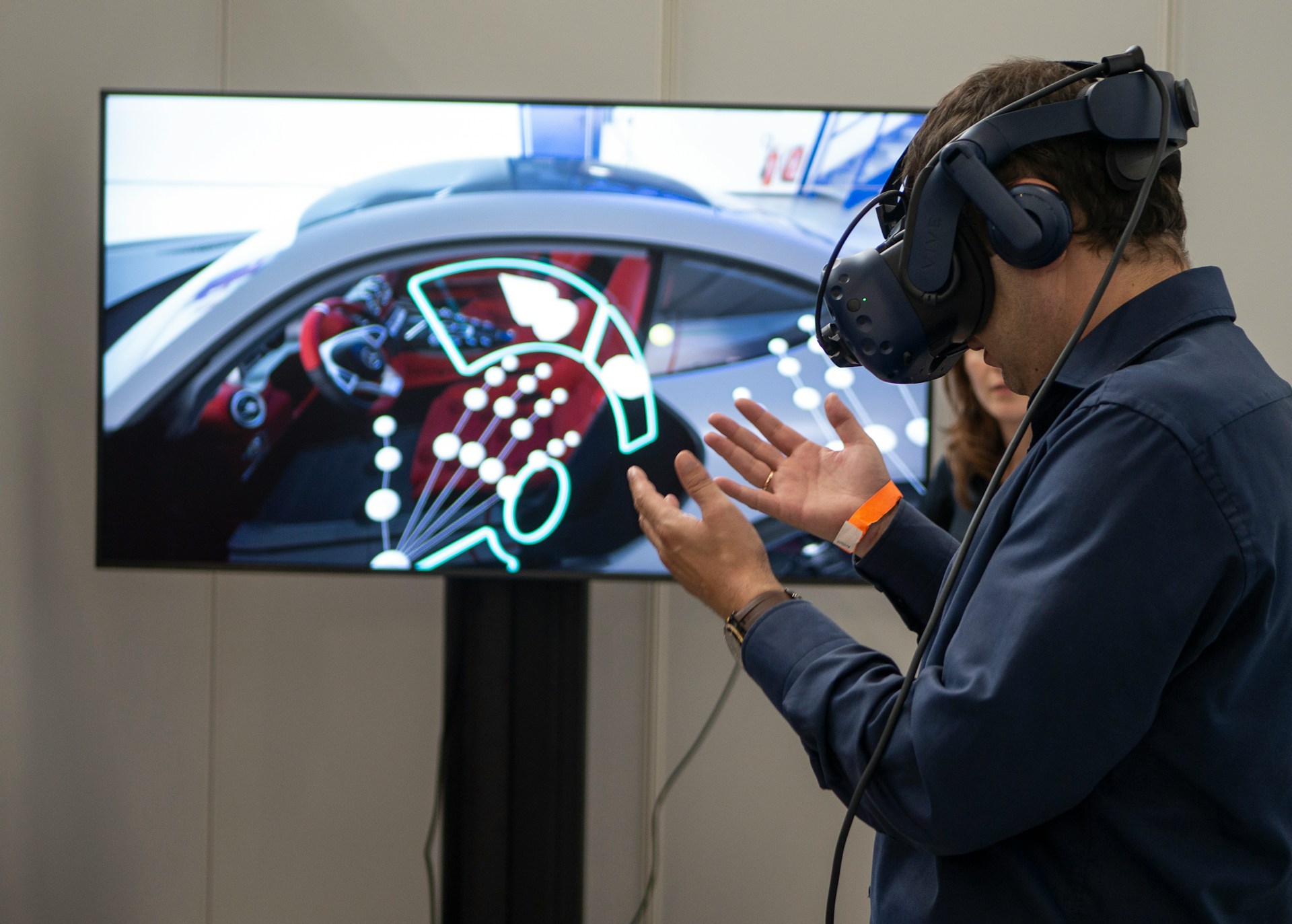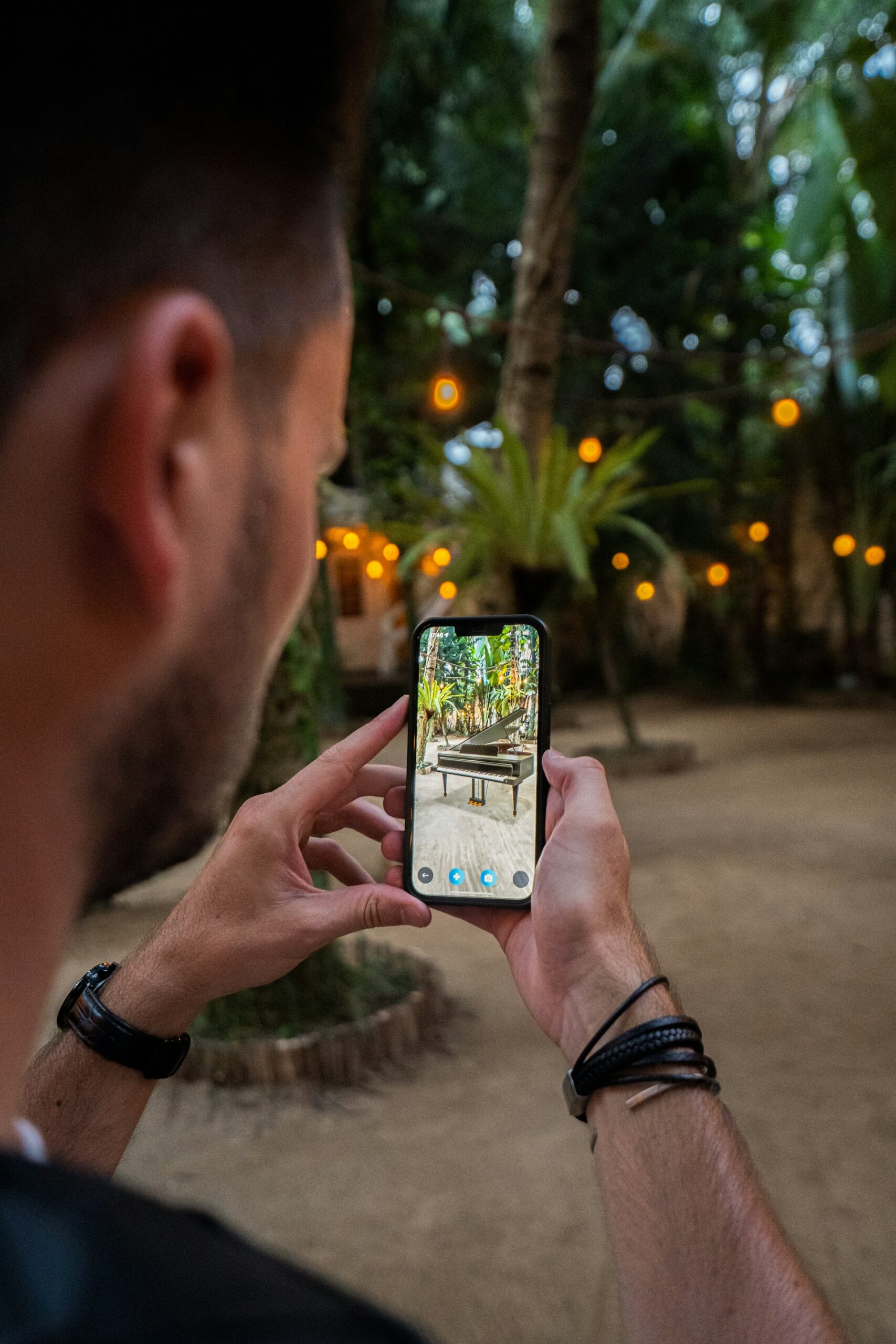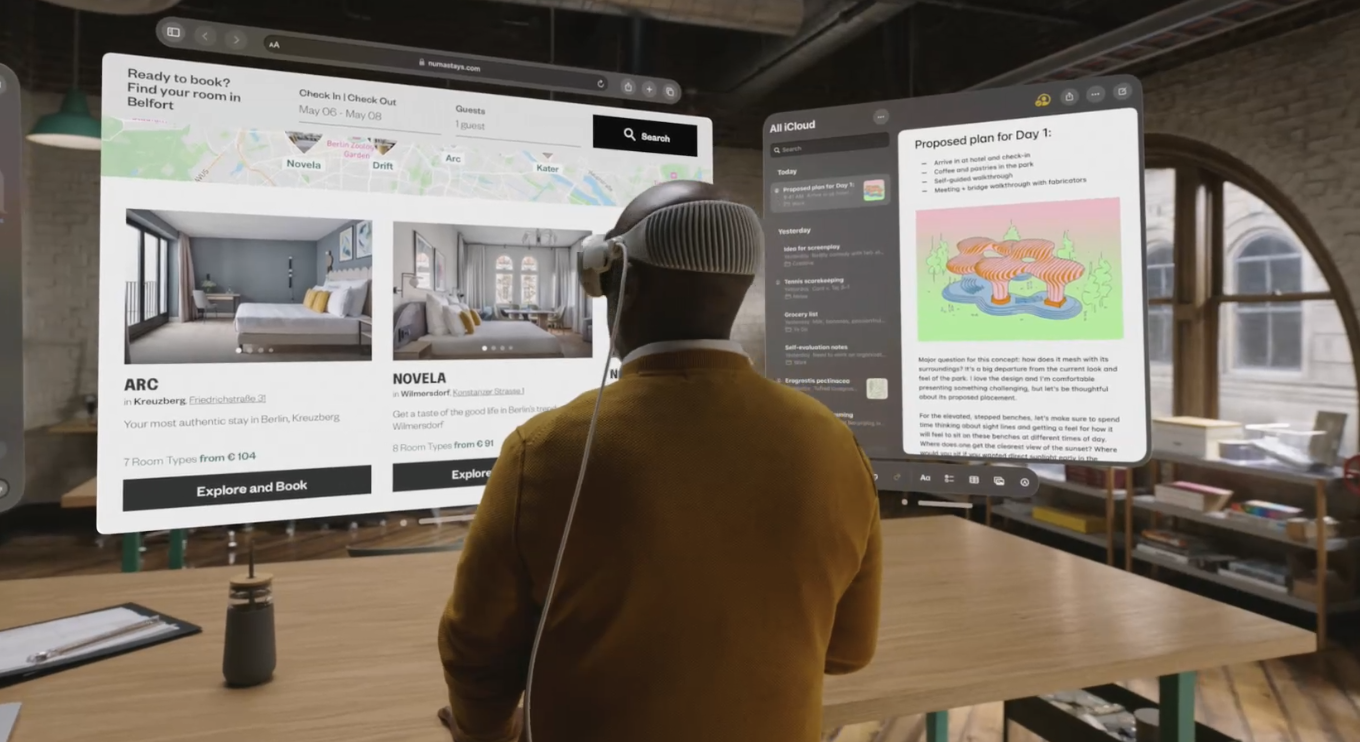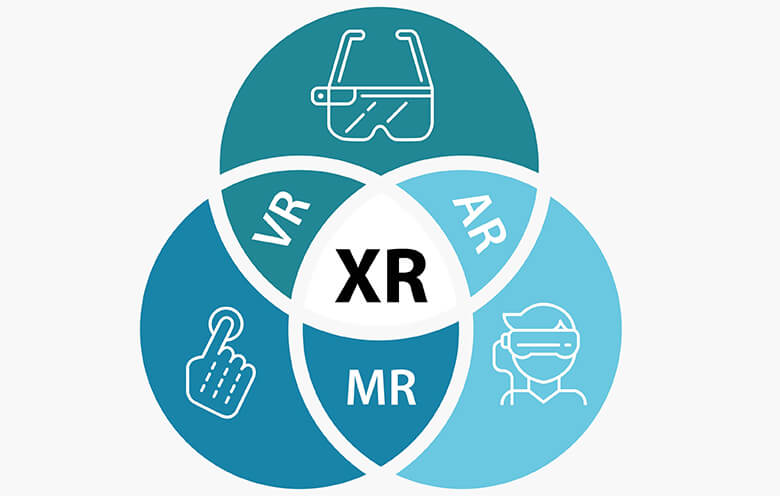XR, VR, MR, and AR – What do these acronyms mean?
In the world of technology, new acronyms and terms emerge all the time, which can seem complicated. VR, AR, MR, and XR are some examples. Each of these concepts represents a different way to create or enhance reality, and all can be successfully applied in business, from large corporations to small enterprises. So what exactly are these technologies, and how can they support your business? Let’s take a closer look at each of them!
VR (Virtual Reality)
VR, or Virtual Reality, allows the user to “enter” a fully created digital world. By putting on special VR goggles, we are completely immersed in a crafted environment that surrounds us on all sides. This could be an exotic island, the interior of a factory, or a virtual conference room. In VR, we only see this world and what happens within it; we have no contact with what surrounds us in reality. Virtual reality has found applications in training, entertainment, medicine, and sales, providing users with the opportunity for complete immersion in a simulated environment.
Examples of VR Applications:
- Employee Training – such as in health and safety simulations or first aid training.
- Product Presentations – allowing a better understanding of the features and capabilities of items in a safe environment.
- Remote Meetings – in virtual spaces that increase participant engagement.

AR (Augmented Reality)
Augmented Reality (AR) combines the real world with virtual objects. Unlike VR, AR enhances reality with additional digital information. An example could be an application that shows how a piece of furniture will look in our living room before we buy it, or digital user manuals displayed on equipment. This technology works on smartphones, tablets, and special AR glasses, making it more accessible and ideal for on-the-go interactions.
AR can be used for:
- Product Configurators – allowing customers to see a virtual version of a product in their environment, such as furniture in their living room.
- User Manuals – digital step-by-step instructions visible directly on the product.
- Service Support – technicians can use AR to overlay instructions onto equipment, making their work easier.

MR (Mixed Reality)
Mixed Reality (MR) blends reality with virtual elements in an even more advanced way than AR, as when wearing MR goggles, we can interact with virtual objects using our own hands or controllers, just like in VR. In MR, virtual objects are not only overlaid onto the real world but can also respond to it. This means that objects can, for example, hide behind real items or interact with them. An example? A virtual flower that grows on our desk, or a robot that navigates around real obstacles.
MR can assist in:
- Simulating Production Processes – in a real environment with the possibility of interaction.
- Presenting Designs – such as construction projects, considering the actual surroundings.
- Facilitating Technical Training – by offering realistic simulations of operating machinery.

XR (Extended Reality)
XR is a term that encompasses all the above technologies: VR, AR, and MR. It stands for “Extended Reality,” which describes any virtual experience, from full immersion and interactive enhancements of the real world to a more advanced blend of reality with virtual elements. XR technology is used in various ways, with the goal of enhancing the user experience and creating more engaging interactions.
Why is it worth to be interested in XR technology?
XR is the future of interactions between businesses and customers. The benefits include increased audience engagement, deeper understanding through interactive experiences, and faster information retention. With XR, companies can not only stand out in the market but also improve the effectiveness of their efforts, whether in training, sales, or customer service. Implementing XR solutions allows for creating a modern image while strengthening customer relationships through more engaging and personalized experiences. The solutions created can elevate communication and interaction with customers to a whole new level, enabling the building of lasting relationships and positive emotions around the brand.
Need more information? Schedule a free consultation!


